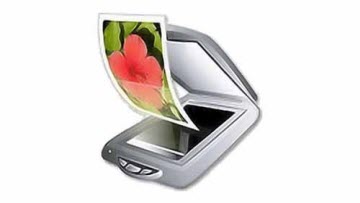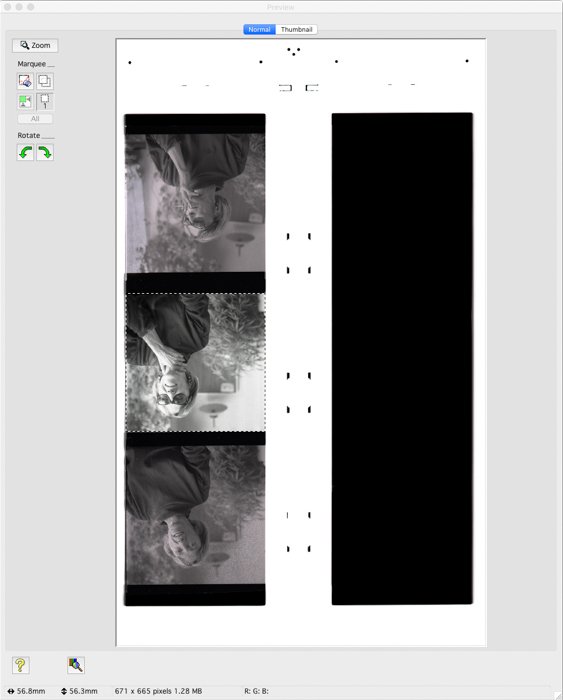

It gets the light source warmed up and gives the program something to meter. I've also got into the habit of doing a preview four or five times in a row before scanning. I probably use Auto Levels more than anything. If I'm just going to use Photoshop I'll leave it to Neutral or None. On the Color Balance I'll set it depending on what the frame looks good at. Output Color Space set to Adobe RGB to retain most of the colors. They are primarily useful when you've shot fresh film and developed promptly in good chemicals. The reason being that the profiles haven't been updated in years and many times I don't even know what kind of film I'm scanning. On the Color tab I usually leave the negative vendor to Generic. The preview is what the program uses to set the exposure, so if you have an under or over exposed frame Vuescan won't adjust for that.įilter> Infrared Clean is usually set to Light for me. If you have a scanner that is capable of adjusting the exposure make sure you have "Scan from preivew:" turned OFF. The programs corrections are set during the preview, but if there's just not enough pixels for the program to calculate with it won't look right. If the scan looks drastically different than the preview then increasing the Preview Resolution can sometimes help. Sometimes the vignetting can have a real effect and this negates that. Basically speaking this is much like using Partial Metering in your camera. Set the Buffer % on the Crop tab to something over 10%. Personally I've found that a few key things with Vuescan go a long ways: Here's a tutorial that some have found helpful I agree whole heartedly that it's more art than science. VueScan's color handling is a lot better than trying to unsnarl negative color directly in PhotoShop. But the Brightness control is often valuable: is is basically the same thing as the middle slider in PhotoShop Levels-a safe way of adjusting brightness.

I haven't had any luck with VueScan's red green and blue adjustments in the Color tab. If you're using film types that aren't in this table, particularly some of the newer Fuji films, try experimenting with the Kodak Gold and Kodak Advantix settings - these seem to work well. Look at the VueScan film types page for a list of film types that VueScan knows about. I also don't use the film grain or sharpening filters. I need to have "Restore Fading" checked on the "Filter" tab almost all the time.

Sometimes (but rarely) I can get something usable by right clicking on something neutral. On the Color tab, I usually only get usable results with the "White Balance" and "Auto" settings. Sometimes I get lucky with "Auto" in Curves. I generally treat Vuescan as the first pass, save as a 16 bit TIFF, and then wrestle a lot with PhotoShop Curves. I've been scanning negatives with VueScan and have found that color correcting negatives in VueScan to be more of an art than a science.


 0 kommentar(er)
0 kommentar(er)
